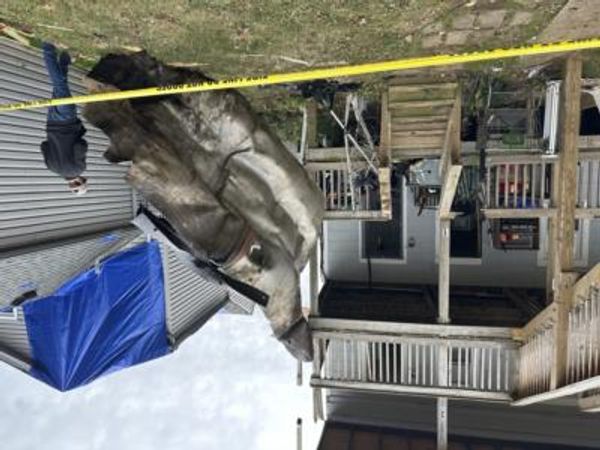
The NSW government has pledged to throw the book at anyone found responsible for a likely oil spill that led to rare swarms of toxic tar balls washing up on some of Sydney's most popular beaches.
Coogee, Maroubra and Clovelly beaches in the city's east remained closed on Friday as workers in orange hazmat suits continued to clean up the washed-up material.
It was the second day of the operation following the initial discovery of the pollution on Tuesday.
But several beaches further north, including Bondi, were reopened after being shut off to the public on Thursday.
NSW Environment Minister Penny Sharpe said she was very worried that Sydney's beaches had been polluted by the material, whose origin was unknown.
"We're investigating to try and find the source of the spill and who is responsible, and I would hope that we can do that," she told reporters.
"I would also hope that, if we can, we would throw the book at those involved."
A series of tests on the tar balls have ruled out sewerage or natural seabed oil leaks as likely causes.
"All the data is pointing to an acute oil spill," University of NSW chemistry scientist Vinh Nguyen told AAP.
The spill could have occurred in the past year which means shipping logs will need to be searched to find the culprit.
Prof Nguyen also said it was rare for tar balls to end up in suburban areas. The very few, previous incidents in Australia happened decades ago and in rural areas.
As well, the limited number of affected beaches suggests the source could have been closer to shore, rather than an oil tanker out at sea, Associate Professor Nguyen said.
Bondi's reopening on Friday coincided with the launch of the annual Sculpture by the Sea exhibition, which spans the coastline to Tamarama to the south.
A site inspection found no evidence of the debris, but Waverley Council staff are still monitoring the situation.
The public has been urged not to touch the balls, the largest of which have been washing up at Coogee and its neighbouring beaches.
Previous tests by the NSW Environment Protection Authority confirmed the potentially hazardous material was a "hydrocarbon-based pollutant, which is consistent with the make-up of tar balls".
Tar balls are formed when oil comes into contact with other debris and water, usually as a result of oil spills or seepage.
Authority executive director Stephen Beaman said there was likely a low threat to human safety.
NSW Maritime sent boats out to investigate but found no telltale sheen on the water suggesting an oil spill.







